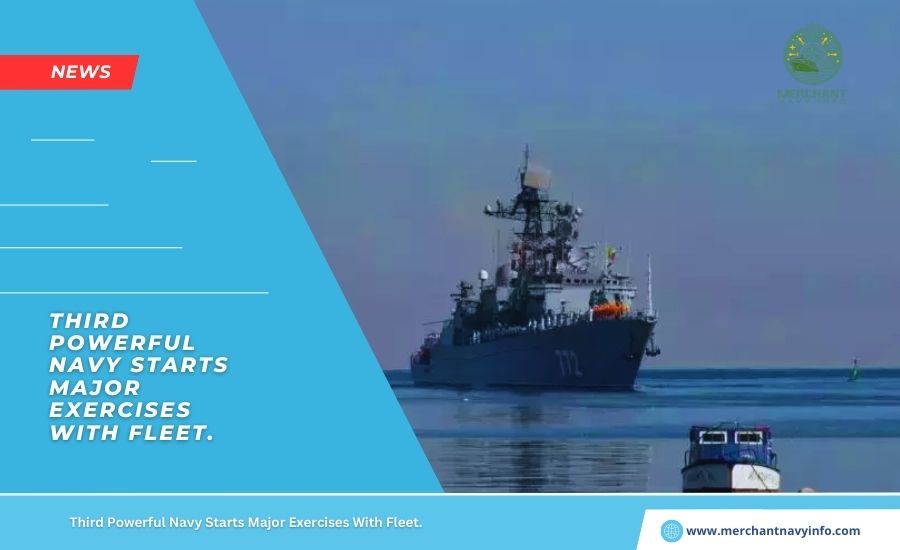
The world’s third-most powerful navy has begun major exercises, including most of its fleet. According to a statement from the Ministry of Defense, the Russian Navy has begun a series of large-scale exercises. Most of its fleet participates in the Arctic Sea, the Baltic Sea, the Caspian Sea, and the Pacific Ocean.
The exercises are considered one of the most important of their kind and aim to assess the readiness of the Russian Navy’s capabilities at all levels.
The training will include 20,000 personnel and 300 ships, including surface ships, boats, submarines, support ships and about 50 aircraft.
More than 300 combat exercises are expected to be held. Plus focusing on the deployment of anti-aircraft missiles, artillery, anti-submarine, passive jamming, etc.
The exercises will determine the readiness of naval crews, naval aviation units and coastal forces.
The Russian Navy is considered the third most powerful navy in the world after the United States and China, with a large fleet of nuclear submarines loaded with ballistic missiles.
The current exercises will be carried out in the combat areas of the Northern Fleet, the Pacific Fleet and the Baltic Fleet, as well as in the area of responsibility of the Caspian Fleet.
The Russian Black Sea Fleet, which has recently suffered from drone warfare and underwent a change of command earlier this year, will not participate in the current exercises.
The difficulties facing the fleet have been exposed since the February 2022 invasion of Ukraine.
In addition to these exercises, Russian President Vladimir Putin recently warned the United States against deploying long-range missiles in Germany. He warned that Russia could counter them by deploying similar missiles within striking distance of the West.
In recent months, Russia has conducted a series of mobile nuclear missile launch exercises, tactical nuclear weapons exercises, and expanded military training with Belarus.
These extensive military exercises highlight Russia’s continued commitment to enhancing its naval capabilities and broader strategic military goals.









